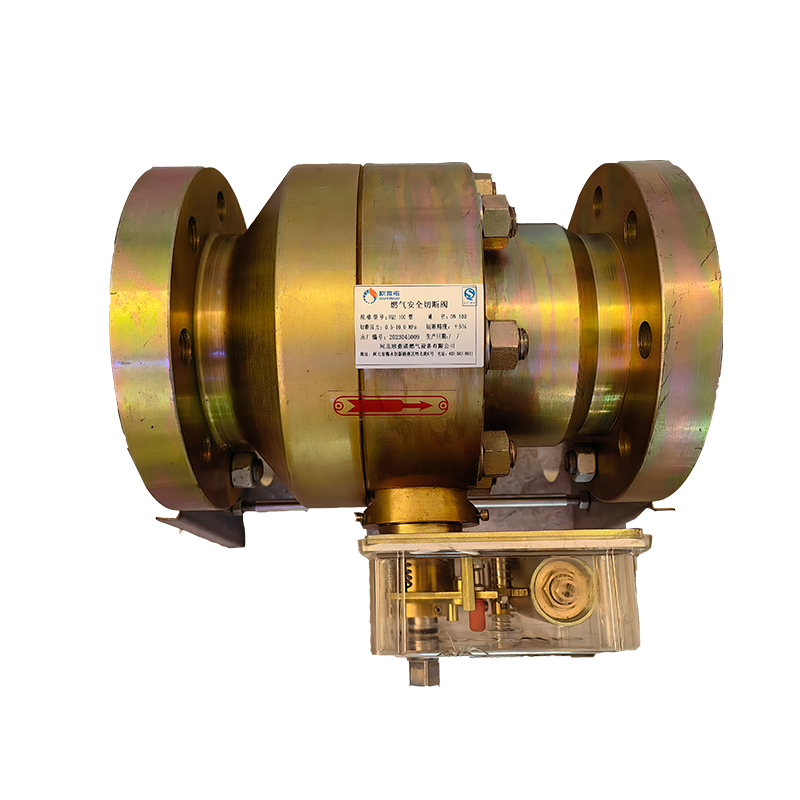
Dec . 04, 2024 16:37
Back to list
cyclone separator
Understanding Cyclone Separators Mechanism, Applications, and Benefits
A cyclone separator, commonly referred to as a cyclone, is an industrial device designed to separate particles from air, gas, or liquid streams using the principle of centrifugal force. This highly efficient mechanism has found widespread applications across various industries, including dust collection, mineral processing, and food production. By understanding how cyclone separators operate, their benefits, and applications, industries can leverage this technology for enhanced operational efficiency.
Mechanism of Cyclone Separators
The operation of a cyclone separator is based on Newton's laws of motion, particularly the principles of centrifugal force. When a mixture of air and particulates enters the cyclone through an inlet, it is forced into a spiral motion as it is directed into the cylindrical chamber. This design causes the heavier particles, due to their inertia, to move outward to the perimeter of the cyclone. As particles move to the outer wall, they lose momentum and settle downwards to a collection hopper at the bottom.
There are several important components of a cyclone separator that contribute to its efficiency
1. Inlet Tube This is where the mixture of gas and particles enters the cyclone. The angle and velocity of the inlet stream are critical for creating the necessary vortex.
2. Vortex Chamber The core of the cyclone separator, where the spiral motion occurs. The design and dimensions of the chamber are crucial as they determine the efficiency of separation.
3. Overflow Outlet The clean gas exits through the top of the cyclone, while the heavier particles are expelled downwards.
4. Collection Bin (Hopper) This is where the separated particles are collected. The design of the hopper ensures that it does not clog and enables easy discharge of collected material.
Applications of Cyclone Separators
Cyclone separators are versatile tools used in various applications, including
- Dust Collection In industries such as woodworking, mining, and pharmaceuticals, cyclone separators play a vital role in collecting dust and particulate matter to maintain a safe working environment and reduce pollution
.cyclone separator

- Petroleum Industry Cyclones are employed for the separation of oil, water, and sediment from crude oil, ensuring the purity of the final product.
- Cement Production In cement manufacturing, cyclones are used to separate raw materials and to capture fine particles during the grinding process.
- Food Processing They are utilized to separate flour from air in milling processes, ensuring that product quality is maintained by removing unwanted particles.
Benefits of Using Cyclone Separators
1. High Efficiency Cyclone separators have a high separation efficiency for particles of various sizes, making them suitable for applications involving both large and small particulates.
2. Low Energy Consumption Compared to other separation technologies, cyclones have low energy requirements, which leads to reduced operational costs.
3. Simple Design The mechanical simplicity of cyclone separators leads to lower maintenance costs and ease of installation.
4. Robustness Cyclones can handle high volumes of material and are capable of operating under harsh conditions, making them reliable for industrial applications.
5. Scalability Cyclone separators can be easily scaled to meet the needs of both small and large operations, accommodating a range of throughput rates.
Conclusion
In summary, cyclone separators are critical components in many industrial processes, providing a cost-effective and efficient means of separating solid particles from fluids. Their ability to operate effectively under various conditions, coupled with low energy consumption and minimal maintenance requirements, makes them a preferred choice for businesses seeking to improve their operational efficiency. As industries continue to evolve and the demand for clean air and production efficiency grows, cyclone separators will undoubtedly play an increasingly important role in meeting environmental regulations and operational goals. Understanding and implementing this technology can lead to significant improvements in material processing and overall sustainability.
Next:
Latest news
-
Safety Valve Spring-Loaded Design Overpressure ProtectionNewsJul.25,2025
-
Precision Voltage Regulator AC5 Accuracy Grade PerformanceNewsJul.25,2025
-
Natural Gas Pressure Regulating Skid Industrial Pipeline ApplicationsNewsJul.25,2025
-
Natural Gas Filter Stainless Steel Mesh Element DesignNewsJul.25,2025
-
Gas Pressure Regulator Valve Direct-Acting Spring-Loaded DesignNewsJul.25,2025
-
Decompression Equipment Multi-Stage Heat Exchange System DesignNewsJul.25,2025

